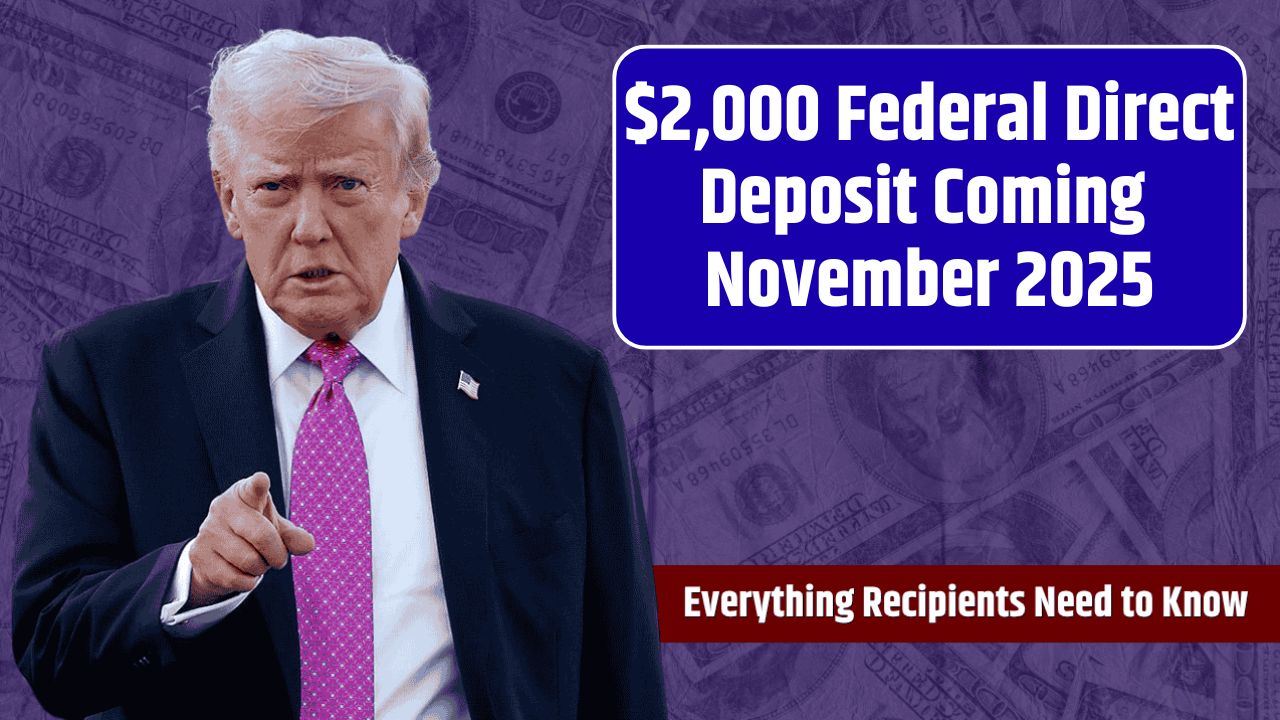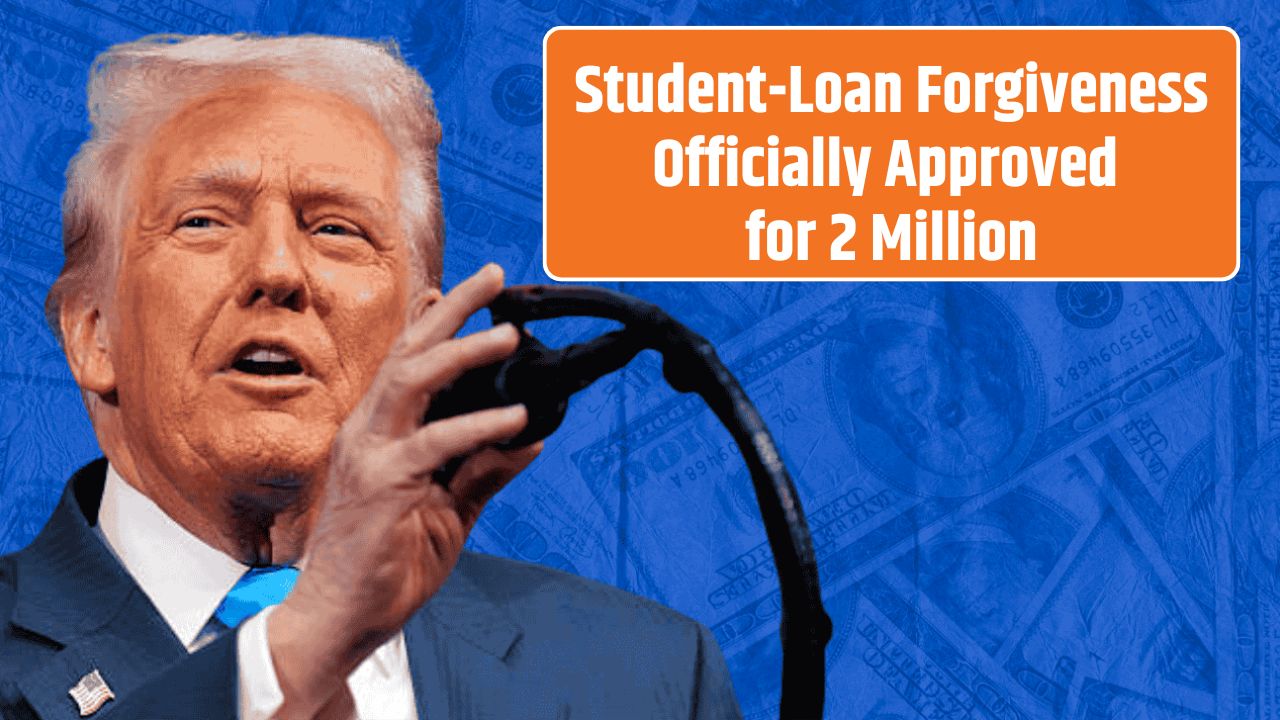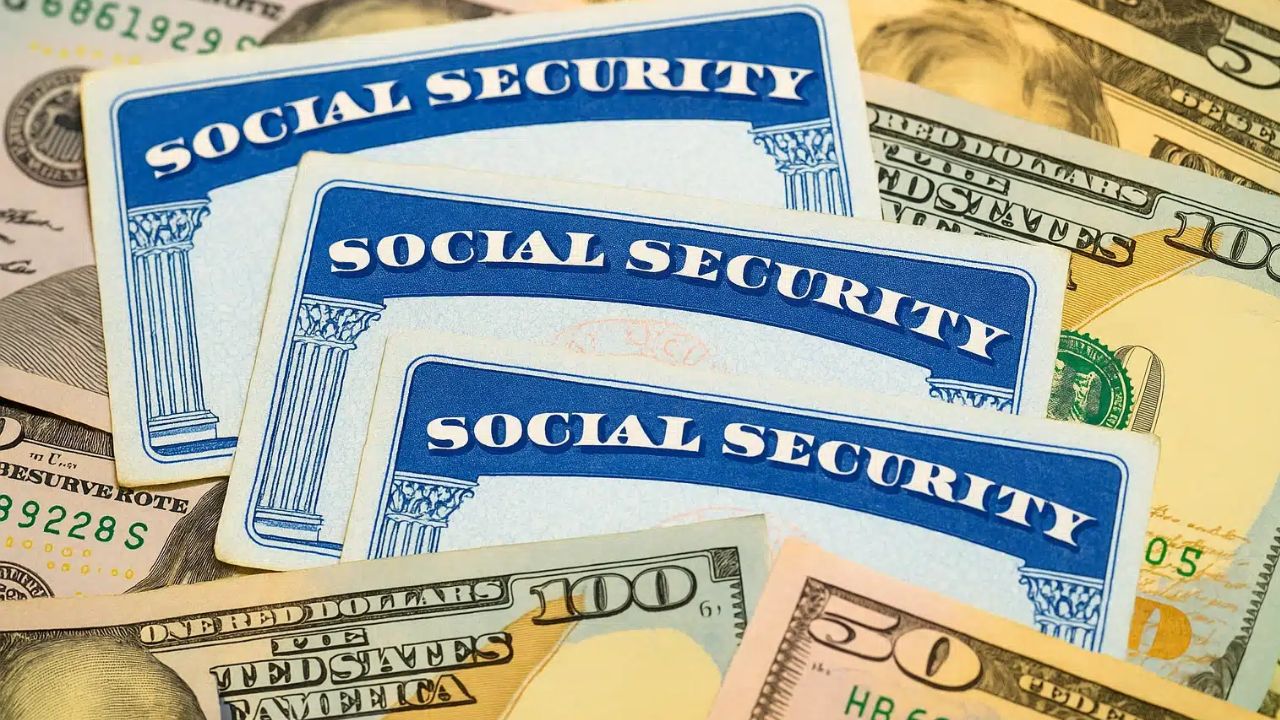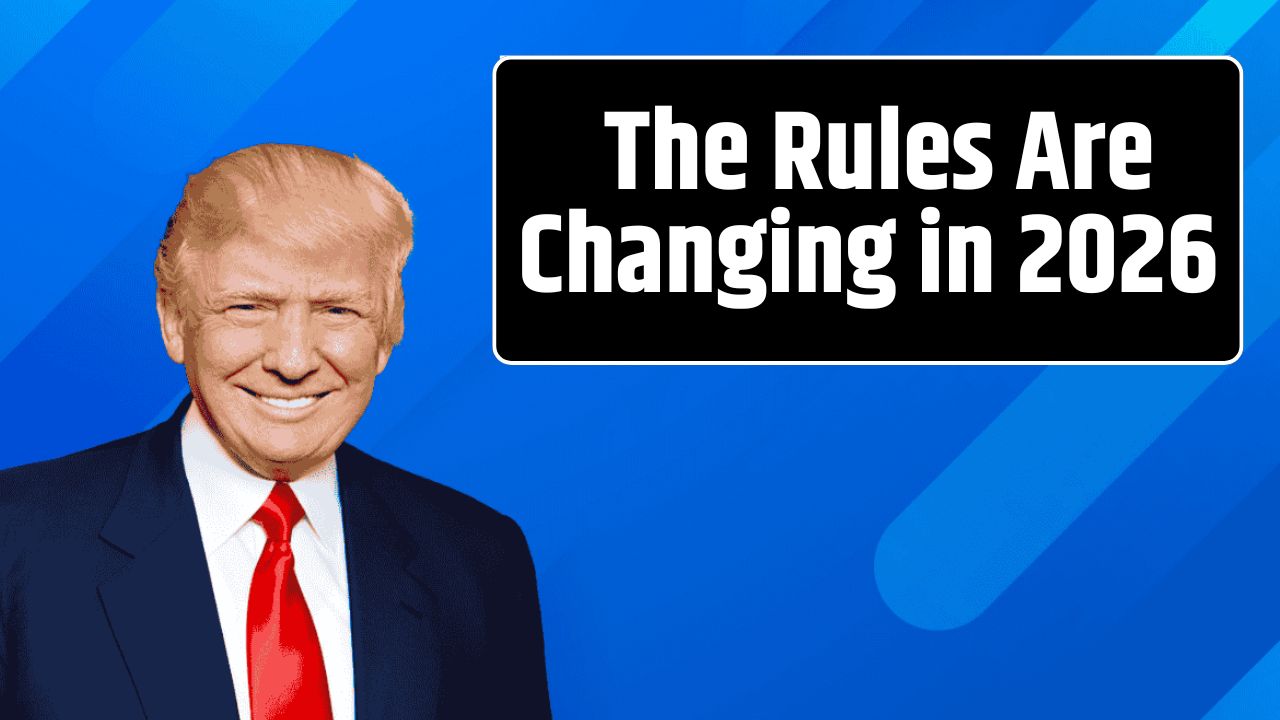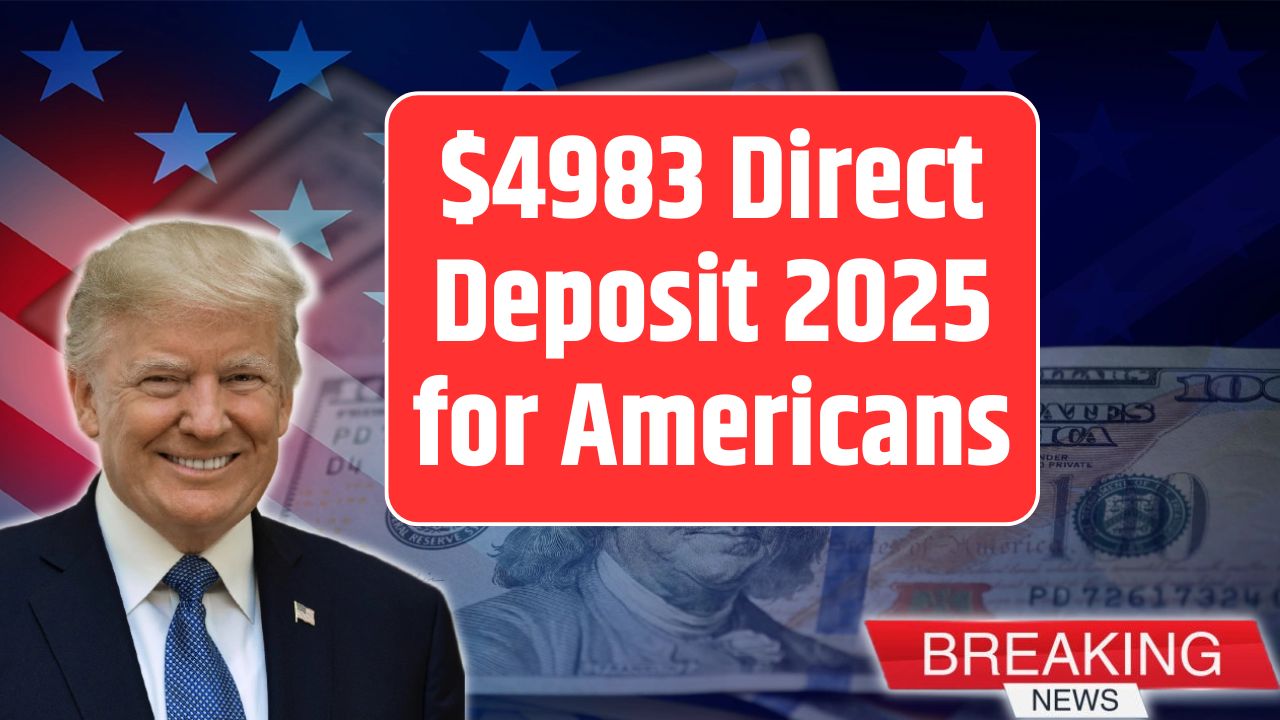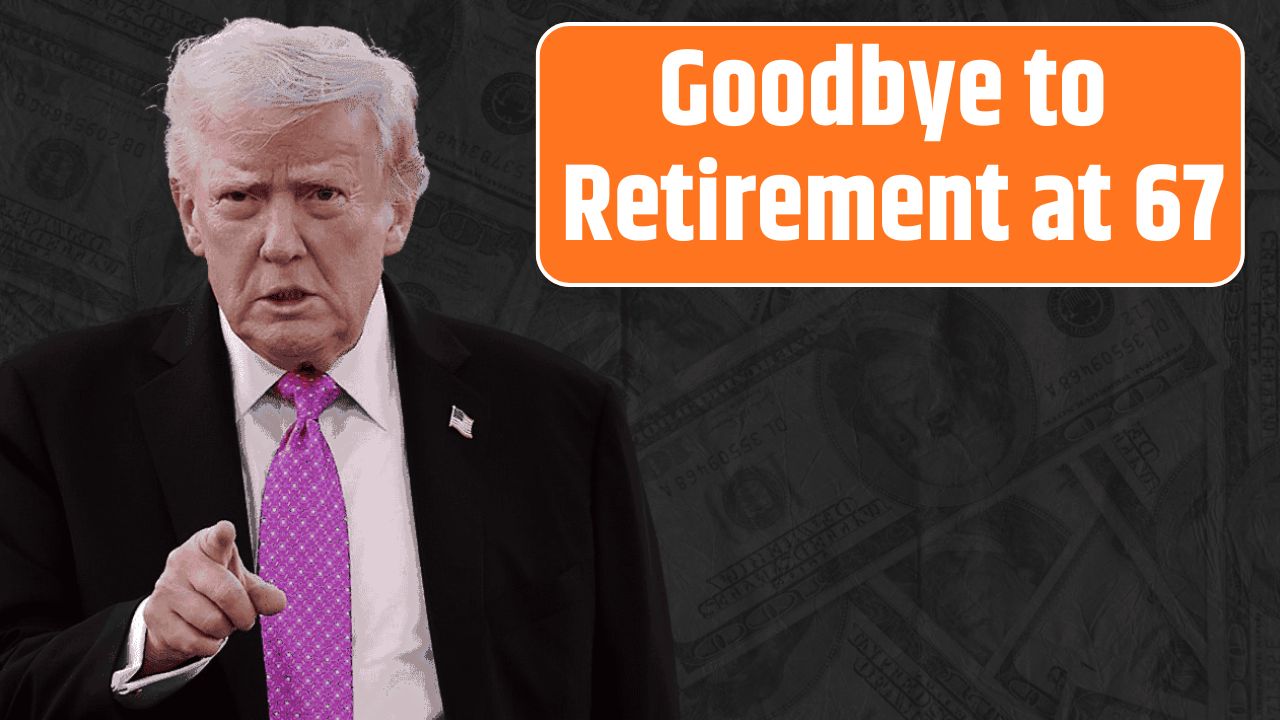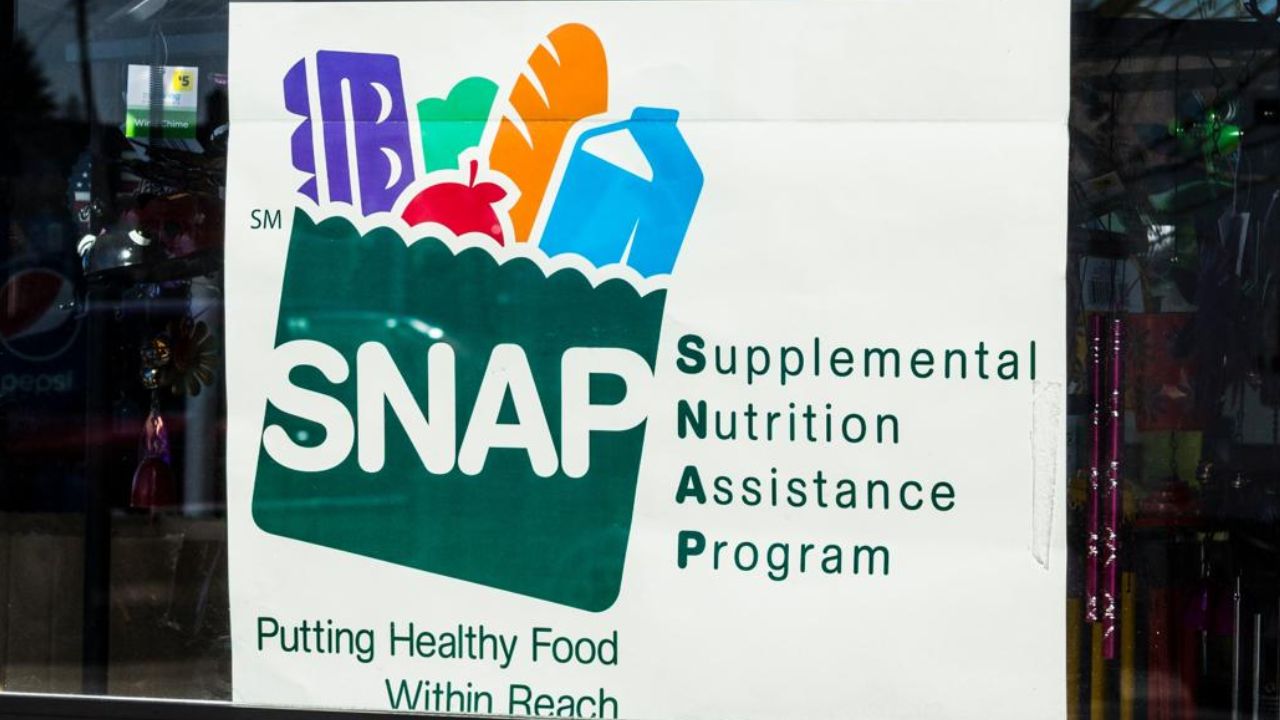By mid-October, social media feeds were buzzing with one tantalizing claim: a fresh $2,000 “federal relief check” quietly landing in Americans’ accounts. Some users swore they’d already received theirs, others were frantically refreshing their banking apps. It sounded like the pandemic stimulus era had made an unannounced comeback.
But here’s the reality check — no such payment exists. Neither the U.S. Department of the Treasury nor the Internal Revenue Service (IRS) has announced or issued any new relief checks as of November 2025. The so-called Federal Inflation Adjustment Initiative that’s been mentioned in viral posts? Pure fiction.
What’s Actually Happening
The rumor borrows pieces from real government materials — snippets of legitimate IRS press releases, pandemic-era stimulus language, even bits of tax code. Then, it stitches them together with fake program names, dates, and payment schedules that sound just plausible enough to spread like wildfire.
The IRS has officially stated there are no new direct payments or “economic impact” deposits being issued this year. You can verify this yourself by checking:
- The IRS Newsroom — no mention of any 2025 relief program
- The U.S. Treasury Department’s news page — no new funding notices
- Congress.gov — no appropriations or budget lines for an “Inflation Adjustment Initiative”
If such a program existed, it would need formal Congressional approval, specific funding allocation, and public notice in the Federal Register — all absent.
Why This Rumor Caught Fire
Honestly, it’s easy to see how people got fooled. A few real developments this fall made the fake posts seem believable:
1. IRS Tax Adjustments.
For 2025, the IRS updated standard deductions and Earned Income Tax Credit thresholds. That means some people will see larger refunds next spring — but that’s part of routine tax changes, not a new cash payout.
2. State-Level Rebates.
States like Minnesota, New Mexico, and Alaska issued local rebates or oil-dividend checks. Those state payments were misrepresented online as “federal” deposits.
3. Social Security COLA Buzz.
The Social Security Administration recently announced a cost-of-living increase for 2026. Some users mashed that headline together with the old “stimulus” language — and voilà, instant confusion.
Throw in screenshots of outdated 2021 stimulus updates with new dates photoshopped in, and the rumor had just enough legitimacy to trend.
What Federal Officials Are Saying
The IRS didn’t mince words when asked directly. A spokesperson reiterated:
“The IRS is not distributing new economic-impact payments in 2025. Any messages, emails, or social media posts claiming otherwise should be treated as scams.”
The Federal Trade Commission (FTC) echoed that warning, noting a recent spike in phishing attempts tied to this rumor. Scammers have been sending fake texts asking people to “confirm their $2,000 payment” by entering personal details — a classic identity-theft trap.
If you get one of those messages, don’t click anything. Report it at reportfraud.ftc.gov.
Breaking Down the Fake Details
| Viral Claim | Verified Reality |
|---|---|
| “$2,000 direct deposits between Oct 15–Nov 25, 2025” | No such deposits recorded by the Treasury or major banks |
| “Program: Federal Inflation Adjustment Initiative” | No federal or legislative record of such a program |
| “Track payment on IRS portal” | IRS tools only track tax refunds and prior stimulus checks |
| “Automatic based on 2024 taxes” | No 2025 legislation authorizing any new payments |
Cross-checking IRS.gov, Treasury.gov, and Congressional budget releases confirms it: the “program” simply doesn’t exist.
Real Assistance That Does Exist
Even though the viral $2,000 payment isn’t real, there are genuine relief programs worth knowing about:
1. State Rebates or Credits.
Some states are issuing cost-of-living or energy rebates. Check your official state Department of Revenue website for eligibility — not social media threads.
2. Federal Tax Credits.
The Earned Income Tax Credit (EITC) and Child Tax Credit (CTC) continue to help millions of households. Eligibility thresholds have expanded slightly for the 2025 tax year — check IRS.gov/credits-deductions.
3. SNAP & LIHEAP Programs.
The Supplemental Nutrition Assistance Program and Low-Income Home Energy Assistance Program remain active through at least FY2026, per USDA.gov and HHS.gov.
4. Scam Prevention Resources.
The FTC, Consumer Financial Protection Bureau (CFPB), and IRS Criminal Investigation units all maintain alerts for emerging fraud schemes.
The Economic Backdrop
Let’s not forget why people are desperate for good news here. Inflation, though cooling from its 2022 peak, hasn’t exactly disappeared. Essentials — food, rent, healthcare — are still roughly 17% higher than pre-pandemic levels, according to Federal Reserve data.
Washington has discussed targeted relief ideas, but there’s been no bipartisan push for a new nationwide stimulus. Any legitimate payment would show up in the federal budget, announced through the Treasury and IRS jointly, and be covered by every major outlet within hours.
Until that happens, if you don’t see it on a .gov site, it’s not real.
FAQs:
Is the $2,000 federal relief payment real?
No. The U.S. Treasury and IRS have confirmed there is no new relief program or direct deposit in 2025.
Why are people posting screenshots showing deposits?
Most of those screenshots are old tax refunds, state rebate payments, or digitally altered images.
Could new stimulus checks happen later?
Possible, but only if Congress passes new legislation. Any such plan would be widely publicized through official channels.
